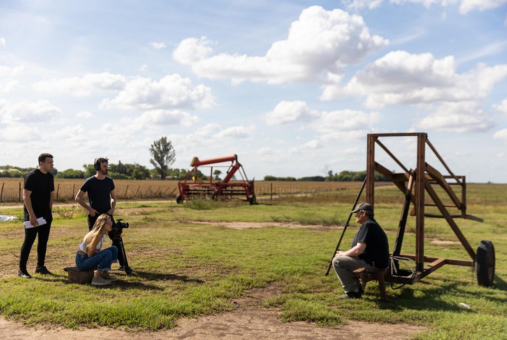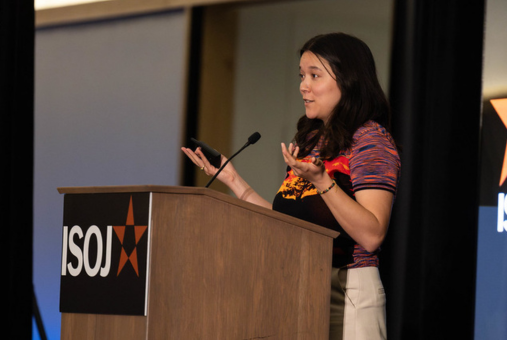
While other newspapers were cutting children's supplements, the independent la diaria, from Uruguay, launched Gigantes and gained over two thousand subscribers in three years. Their secret? Incorporating children and teenagers into their production processes and addressing topics that truly interest young readers, balancing information and entertainment.

Disinformation and obstacles to accessing public information are some of the challenges that journalists from Bolivia, Colombia and Mexico have faced when covering issues related to water. Reporters shared recommendations to improve coverage of the water crisis, including the use of long-term and long-form reporting.

A Reuters Institute study showed that the most popular generative AI platform in Argentina is by far ChatGPT, although very few people use it to get news. It also showed that Argentines have slightly more confidence than people from other countries that the news media make responsible use of this technology. Two journalists from that country shared their opinion on the findings.

After presenting VerificAudio, an AI tool to detect manipulated audio material and combat disinformation, the PRISA media group will begin using it in its news stations in Spain, Mexico, Colombia and Chile. It’s also considering collaboration with other media that are interested in the tool.

To show the impact of an historic drought on the agricultural industry, a team of journalists from La Nación spoke with more than nine rural producers. They also spoke with specialists to learn about the tons of cereals that were lost, as well as how much money never entered the market.

Journalists are increasingly using social media and open-source intelligence techniques to cover conflicts and conduct in-depth reporting. Panelists at ISOJ discussed how these techniques, combined with collaboration and verification methods, are uncovering crucial information, from geolocation of war crimes to identifying military staff in videos.

Two local Brazilian media outlets have adopted generative artificial intelligence to amplify their impact and automate tasks that require precious time and effort from their lean teams. Discover the projects by Agência Tatu and Farolete, which combine data scraping and ChatGPT technology to produce content based on public data.

Colombian investigative journalism outlet Cuestión Pública developed Odin, a tool that uses cutting-edge artificial intelligence methodologies to take advantage of information from its extensive databases to cover current events. Odin reduces content production time and allows verified and contextualized information to reach more readers.

Media, journalists and researchers are increasingly looking for spaces to reflect on the emergence and impact of artificial intelligence in the profession in recent years. LJR presents a list of 10 guides or books written on the topic in Spanish, English or Portuguese that no journalist can afford to miss.

Illariy and Quispe Chequea are tools developed in Peru that use generative artificial intelligence resources to create text, audio and video content in Indigenous languages. Both initiatives have demonstrated the potential of this technology to satisfy the information needs of marginalized populations, while contributing to the linguistic diversity of that country.

Both large and small media outlets in Latin America have joined the wave of vertical video – the format made for mobile – through YouTube Shorts. LatAm Journalism Review interviews representatives from three Latin American media to learn about the benefits of this format.

Independent media outlet El Surti of Paraguay has dedicated a significant part of its coverage in recent years to climate change. In the team’s most recent report, they carry out an experiment with delivery workers in Greater Asunción to reveal risks they face due to the increase in temperatures aggravated by the climate crisis.